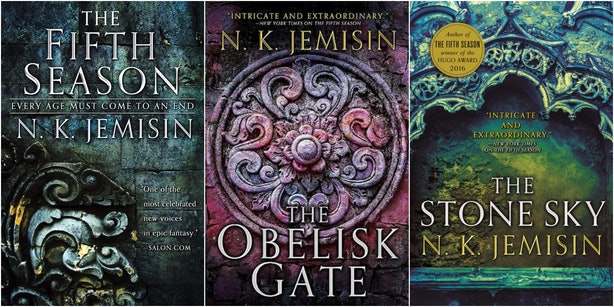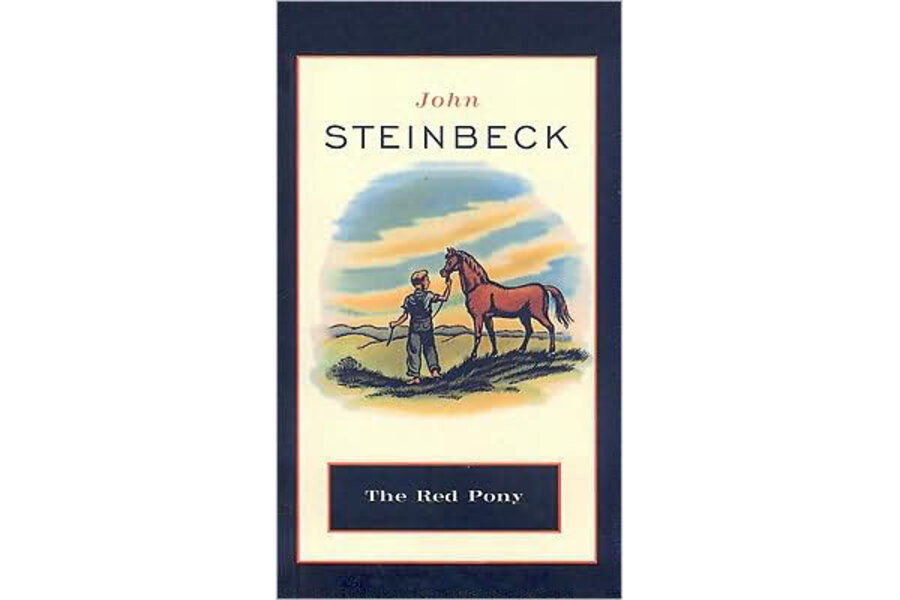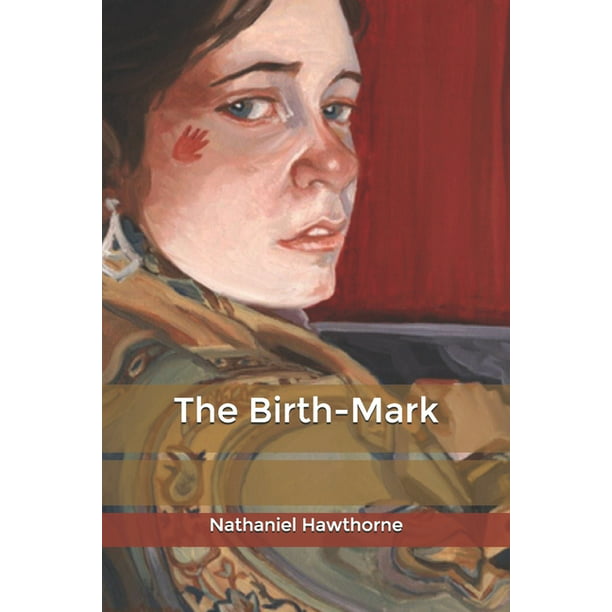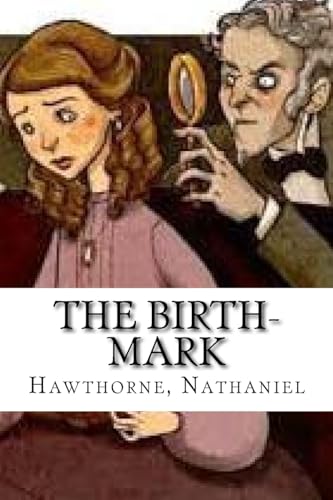The theme of the “American Dream” in Literature
The novel “The Great Gatsby” by F. Scott Fitzgerald examines the idea of the American dream through the character of Jay Gatsby. The story is set during the nineteen-twenties, and Fitzgerald uses the time and setting in New York to explore whether or not the American dream is truly attainable. The Great Gatsby is symbolic of the dissolution of the American dream in an era of wealth, and Gatsby is the personification of this dream. Fitzgerald breaks down the American dream through the immoral pursuit of wealth that plagued Gatsby (Keshmiri p.1296). The book shows the contrast between two wealthy people and how they choose to live the American dream, and in the end, it shows that no one can have everything without paying the price.
“The Call of the Wild” by Jack London is about a dog who struggles in the wilderness after living a charmed life. Even though “The Call of the Wild” is about a dog named Buck, it offers a parallel look at the differences and commonalities between animals and humans. Buck is kidnapped by men that are seeking out their idea of the American dream. Which for many men in the 1800s was to strike gold and become rich. Buck starts by living a good life with his owner, where he does not have to worry about other animals, food, or survival. That is the American dream for a dog. Then Buck is thrown into the world of the wild, where he has to learn how to survive. Because of this, Buck slowly loses his self-identity but maintains individualism to stay alive in the harsh conditions of the forest. London writes about Buck needing to connect with his ancestral past and find the primitive side of survival. He also parallels the laws of the wild with the rules of civilization. With the change in environment, Buck has to find a new way to live, and sometimes a person’s dream has to adapt.
In Amy Tan’s novel, “The Joy Luck Club,” the theme of the American Dream is conveyed through Chinese immigrants trying to make a better life for their families in America. In her novel, “The Joy Luck Club,” Tan depicts the American dream as the older generation characters travel to America in hopes of a better future. The mothers in the novel came to America because their living conditions in China were less than ideal. When they come to America, they hope their children will succeed by marrying a rich man or becoming a child prodigy, goals that stress the children. In the end, the two generations learn to accept each other’s lifestyles and live their American dream of family loyalty and prosperity.
The American dream theme is also presented in “The Adventures of Huckleberry Finn” by Mark Twain. Twain depicts the slavery period in the South. Even though Huck is a white man escaping his father, he does so with the help of Jim, who is a runaway slave. In the end, he is saved and is allowed to live with his aunt. However, the dream is Huck being free from his restricted life. He achieves the American dream by escaping from oppression. He heads to the North, which is filled with better opportunities and freedoms. This book shows the American dream as free to live our own lives the way we want to live.
Finally, the American dream is also illustrated in several of John Steinbeck’s novels. In the short novel “Of Mice and Men,” the main characters, George and Lennie, have a dream in which they want to own a farm. These two characters are poor migrant workers who were striving for success during the Great Depression. Steinbeck says it is essential to have dreams in order to live a meaningful life. Lennie remains happy because of their dreams, and George does not become mean or lonely, unlike the other workers at the ranch. Even if the two characters can never reach their dreams, they continue to live happy life until reality comes crashing down.
One of the most iconic novels that deal with the notion of the American dream is Steinbeck’s novel “The Grapes of Wrath.” The story is about the Joad family who was forced to leave their dying farm in Oklahoma, and they decide to move to California in hopes of work. They meet several people who tell them they will not find work there on their way to California. The Joad’s remain hopeful and continue, and when they get to California, they find out how much of a struggle it is to find work. They lose several family members along the way, so there is this idea that they must continue to try in order to justify the journey. At one point, they were doing well enough, but they still had trouble finding work. It is the story of people remaining hopeful of achieving their American dream despite constant struggles and death. In the end, the message is that out of the struggles and death, life can still flourish.
All of these works approach the idea of the American dream differently. However, they all discuss the notion that a person’s dreams are linked with their environment and journeys. Ralph Waldo Emerson says that nature and knowing yourself are connected and will limit what you can achieve in life. Jack London wrote about connecting with your inner-self and the past in order to live in nature, and only then will you be able to thrive. Steinbeck’s works show that it is essential to have a dream and hope that you can achieve it through hard work and perseverance.
Clouse, R. W., Goodin, T., Aniello, J., Stowe, C., & McDowell, N. (2013). Living the american dream: But what is it? (chasing the dream maybe more exciting than living the dream). American Journal of Management, 13(3), 25-38. Retrieved from https://search.proquest.com/docview/1503121053?accountid=458
Emerson, Ralph Waldo. American Scholar, The, edited by Ralph Waldo Emerson, Infomotions, Inc., 2000. ProQuest Ebook Central, http://ebookcentral.proquest.com/lib/apollolib/detail.action?docID=3314455.
Keshmiri, Fahimeh. "The Disillusionment of F. Scott Fitzgerald's Dreams and Ideals in the Great Gatsby." Theory & Practice in Language Studies, vol. 6, no. 6, June 2016, pp. 1295-1299. EBSCOhost, doi:10.17507/tpls.0606.21.
Tan, Amy. The Joy Luck Club. Whitehouse Station: Ivy Books, 1989. Print.
Cather, Willa. My Ántonia. Boston: Houghton Mifflin, 1954.
Tankersley, Talia. "The American Dream. Odyssey. N.p., 16 May 2016. Web. 15 Apr. 2017.
Twain, Mark. The adventures of Huckleberry Finn. Cape Cod: Peninsula Press, 1996. Print.
Steinbeck, John. Of Mice and Men. Harmondsworth, Middlesex [u.a.: Penguin Books [u.a., 1986. Print.



















